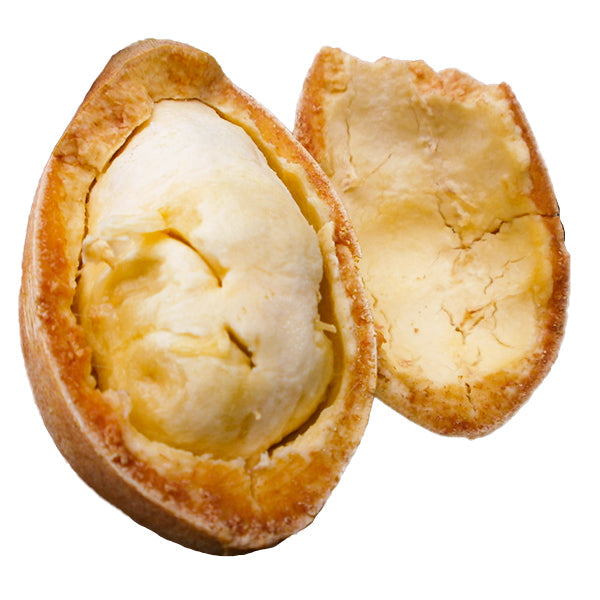HappiestPlants
Cupui Fruit Live Plants (Theobroma Subincanum)
Cupui Fruit Live Plants (Theobroma Subincanum)
Couldn't load pickup availability
Share
Cupui Trees, formally known as Theobroma Subincanum, find their origins in the heart of South America, particularly in countries like Peru, Colombia, and Venezuela. As close relatives of the renowned chocolate tree, Cupui Trees bear substantial fruits with robust, hard shells and brown outer skin.
One of the most delightful aspects of these fruits is the edible pulp that enrobes the seeds. The flavor of Theobroma is exceptionally pleasing, boasting a delectable sweetness complemented by subtle hints of pineapple and banana. On occasion, the seeds are put to use in the production of chocolate, highlighting their versatile nature and significance.
These trees go by the common names of Macambillo or Sacha Cocoa, while their scientific identity remains Theobroma Subincanum. Typically, Cupui Trees commence their blooming and fruit-bearing phase within a relatively short period of 3 to 5 years. In terms of maintenance, they fall into the category requiring a moderate level of care and attention. Cupui Trees exemplify the botanical diversity of South America, offering a delightful and multifaceted taste experience, while also underscoring the region's significant contribution to the world of plants and flavors.




